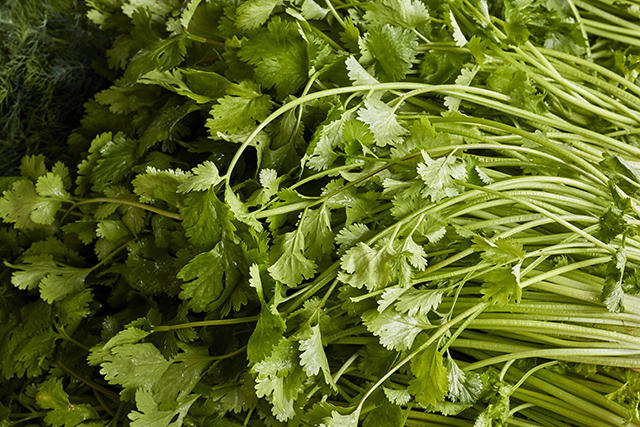Sugar alternative is NOT so healthy after all: Trehalose, a substitute used in many processed foods, is giving rise to a superbug, severe disease, study warns
01/06/2018 / By Michelle Simmons

A sugar alternative that was deemed “healthy” appears to be not so healthy after all. A new study discovered that the artificial sugar additive known as trehalose, which is found in many food products, potentially played a role in the increase of a deadly superbug called Clostridium difficile, which is a bacterium that causes infection, leading to severe diarrhea and death – and is one of the most prevalent hospital-acquired infections in the United States.
Trehalose naturally occurs in mushrooms, honey, and seafood. As a food additive, it is artificially made from corn starch using several bacterial enzymes. It is commonly found in cream cakes, fruit juices, and jams. This sugar alternative can also be found in dried and frozen foods, nutrition bars, fruit fillings, instant noodles, rice, and white chocolate.
A team of researchers from Baylor College of Medicine in Texas found that trehalose caused the rise of two hyper-virulent genetically distinct strains of C. difficile, known as RT027 and RT078. These two strains were found to obtain unique mechanisms to metabolize low concentrations of trehalose. Their ability to break down trehalose was associated with the disease severity in mice with a humanized form of C. difficile.
For the study, the researchers used whole-genome sequencing and comparative analysis to determine the link. They worked with a mouse model of C. difficile infection. The mice were administered a strain of the RT027 lineage and a diet with or without low trehalose levels.
The findings of the study, published in the journal Nature, revealed that RT027 strains has single mutation in the trehalose that makes it 500 times more sensitive to trehalose. In addition, dietary trehalose raises the virulence of RT027 strain in a mouse model of infection. On the other hand, RT028 strains obtained four genes that are involved in the metabolism of trehalose. Before the study, the cause of the emergence of C. difficile disease in North America and Europe was unknown.
“We propose that the implementation of trehalose as a food additive into the human diet, shortly before the emergence of these two epidemic lineages, helped select for their emergence and contributed to hypervirulence,” Robert Britton, senior author of the study, explained.
Fast facts on Clostridium difficile infection
According to a report by the Centers for Disease Control and Prevention (CDC), C. difficile is responsible for about 500,000 infections among patients in the United States in a year. People aged 65 years or older are especially vulnerable to this fatal infection. Within 30 days of the initial diagnosis of C. difficile, about 29,000 patients die. This bacterium, found in feces, causes an inflammation of the colon known as colitis and deadly diarrhea. When a surface, device, or material — such as toilets, bath tubs, and electronic rectal thermometers — becomes contaminated with feces, it may become as a reservoir for the spores of C. difficile. One of the most common causes of transmission of these spores is through the hands of healthcare personnel who touched a contaminated surface or item.
A person affected by C. difficile may experience symptoms such as watery diarrhea or at least three bowl movements a day lasting for two or more days, fever, loss of appetite, nausea, and abdominal pain or tenderness. (Related: BREAKTHROUGH as certain probiotics are found to produce powerful antibiotics that kill superbugs)
Find out more information on the Clostridium difficile epidemic at Outbreak.news.
Sources include:
Tagged Under: artificial sugar, C. difficile, Clostridium difficile, food additive, groceries, ingredients, sugar, sweeteners, trehalose


















